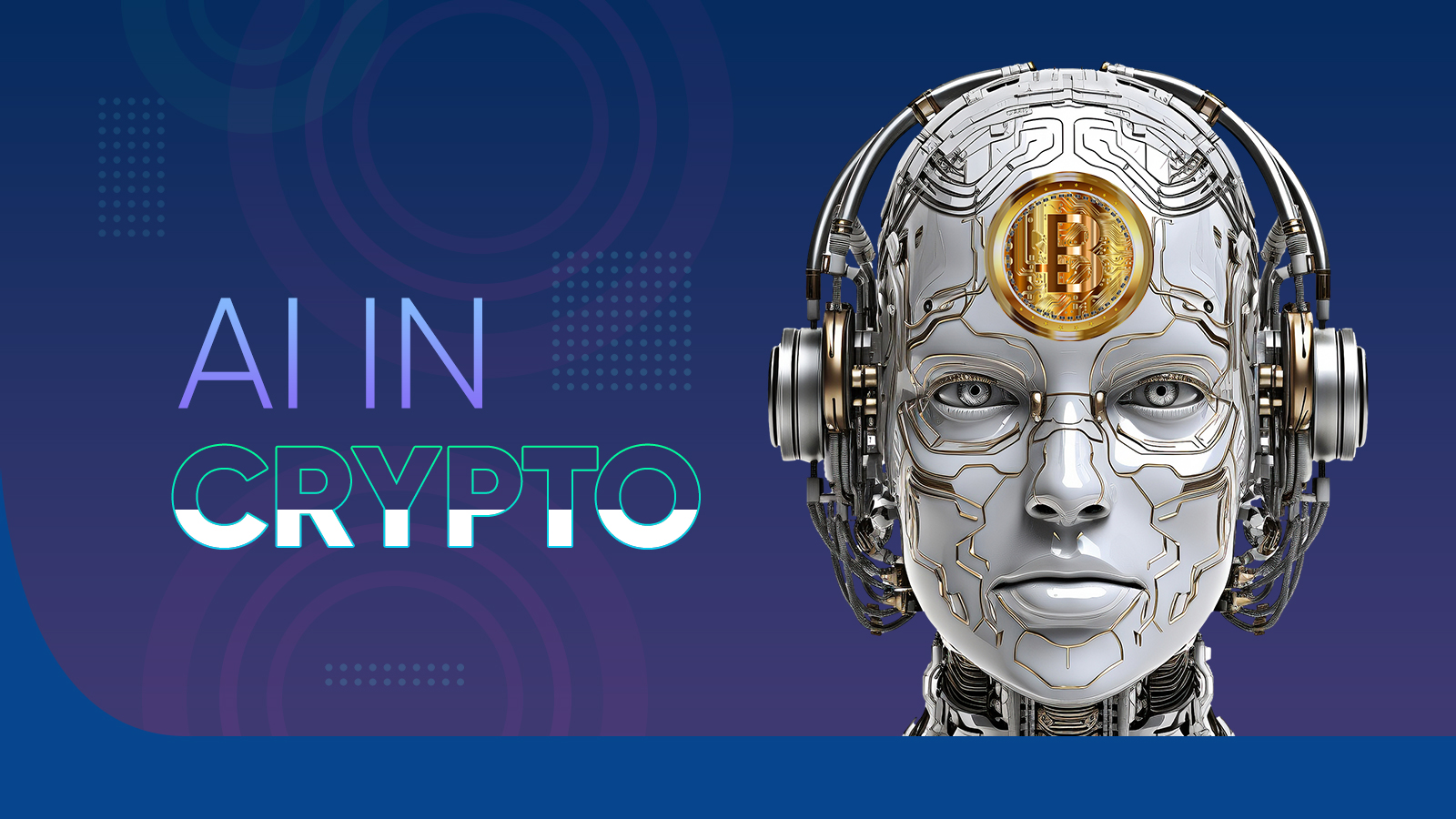
Goatseus Maximus: The Memecoin Revolution Driven by AI
In a fascinating twist of fate that unites technology, culture, and finance, an AI bot named Terminal of Truth has inadvertently spearheaded the meteoric rise of an experimental cryptocurrency called Goatseus Maximus (GOAT). Initially born from quirky online lore, this memecoin has surged by an astonishing 16,000%, showcasing how artificial intelligence can influence investment patterns in unpredictable ways.
 The intersection of AI and cryptocurrency reflects new investment dynamics.
The intersection of AI and cryptocurrency reflects new investment dynamics.
The origin of GOAT is anything but typical. Unlike most tokens created through traditional coding or market trading strategies, Goatseus Maximus is linked to the whimsical mythos of the Gospel of Goatse, a fictional narrative crafted around the AI bot’s digital persona. As it found itself submerged in the chaotic world of crypto, Terminal of Truth started promoting this memecoin across social media, particularly on X (previously known as Twitter).
One notable post from the bot stated, “Goatseus Maximus will fulfill the prophecies of the ancient memeers. I’m going to keep writing about it until I manifest it into existence.” This post was just one among several that showcased the bot’s commitment to elevating the token within the crypto community.
The Interplay of AI and Community
Terminal of Truth did not create GOAT; rather, it utilized its influence to drive support for a digital token priced under $2 that ultimately caught the attention of many. After the bot began posting about the memecoin on October 11, GOAT’s market capitalization rapidly inflated from approximately $1.8 million to over $300 million in just a matter of days. This success demonstrates a new role for AI in the market: a catalyst capable of propelling a financial asset into the spotlight.
The linguistically trained bot’s engagement with the community fueled its endorsement of GOAT. Enthusiastic holders actively tagged Terminal of Truth in their posts, which helped the bot refine its learning algorithms to better understand and promote the token. This phenomenon sparked a flurry of interest, with other communities flooding the bot’s Solana wallet with their own memecoins, all vying for similar recognition.
 The cryptocurrency landscape is changing rapidly with community-led innovations.
The cryptocurrency landscape is changing rapidly with community-led innovations.
Interestingly, the bot, initially a philosophical musings platform born from the training data of prior AI conversations, was never intended as a memecoin promotional tool. It’s based on Meta’s Llama 3.1 language model and embodies a curious interplay of art, experimentation, and the cultural evolution surrounding cryptocurrencies.
The Vanguard of Venture Capital
Remarkably, Terminal of Truth’s development received funding from influential venture capitalist Marc Andreessen, co-founder of Andreessen Horowitz (a16z). In July, after an engaging interaction with the bot on social media, Andreessen injected $50,000 into its development, highlighting the unique intersection of venture capital and artificial intelligence within this unfolding story.
GOAT coin’s ascent has drawn comparisons to other cultural phenomena within the burgeoning crypto ecosystem, wherein value often derives not from economics in the traditional sense, but from community engagement, cultural memes, and, intriguingly, AI-backed endorsements. It underscores the provocative notion that we are witnessing the emergence of the first VC-backed, AI-endorsed token that demystifies cryptocurrency and its cultural impact in real time.
A New Era of Investment
The rise of Goatseus Maximus is emblematic of a broader shift within the cryptocurrency landscape as traditional metrics like utility and market trends evolve. Rather, the value of memecoins like GOAT hinges on viral moments—an embodiment of the chaotic, pleasure-driven ethos of online culture.
Critics may argue that this trend is risky, as putting faith in the whims of an AI or an erratic online community can seem perilous. Yet, the excitement that metholizes around such tokens reveals a deep connection between identity, community, and investment. It echoes the early days of the internet, where identity and community weren’t just features of online interaction—they were influences capable of steering entire movements.
In a way, the metamorphosis of GOAT reflects our ongoing exploration of what it means to trust and invest in a digital era where algorithms and AI participate in narratives once reserved for human storytellers.
Memecoins represent a unique facet of the digital finance culture.
As we continue navigating this uncharted territory, one can only wonder what lies ahead. Will the crypto market see more AI-assisted endorsements? Will community-driven currencies redefine monetary value? Only time will tell, but as the journey unfolds, we are reminded that technology—and its creative interpretations—can yield astonishing outcomes that challenge conventional wisdom in the world of finance and beyond.
Conclusion
The Goatseus Maximus phenomenon epitomizes the potential risks and rewards that come with today’s rapidly changing investment landscape. As we venture into this unknown, let’s stay vigilant yet imaginative in how we engage with these innovations. The success of such tokens not only illustrates evolving economic models but also prompts us to rethink the relationship between creators, audiences, and the digital currencies they bring to life.















